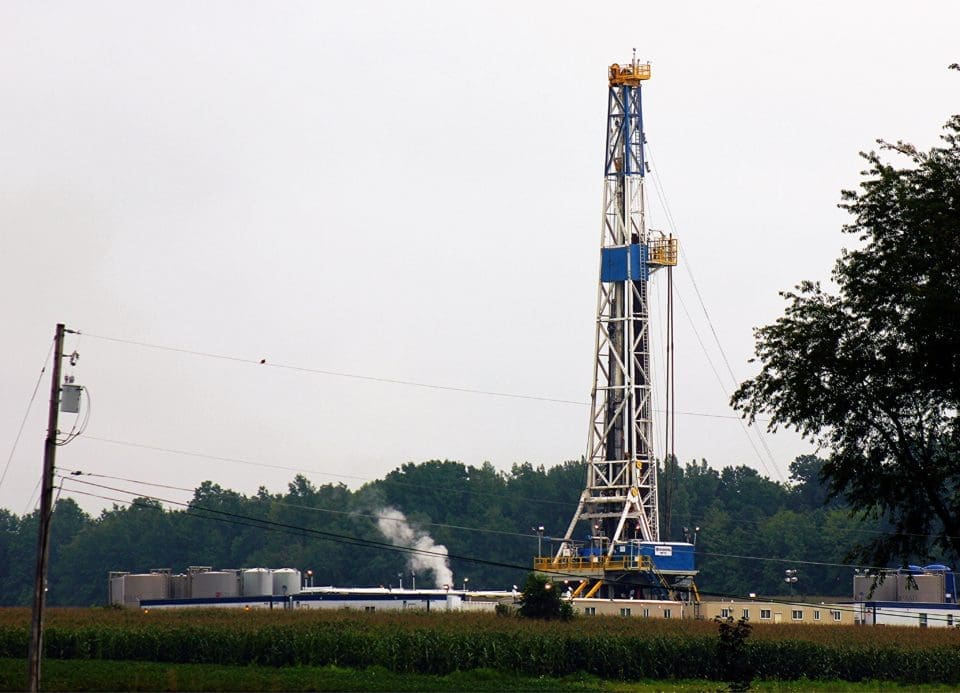The oil and natural gas industry in Texas posted gains in employment, industry activity and production during 2022.
The Texas Petro Index (TPI), a fully inflation-adjusted tool for tracking growth rates and cycles in the Texas upstream oil and gas economy, increased 22.4% last year to 178.4 from 145.8 in 2021, according to petroleum economist Karr Ingham, who created and maintains the index.
“The expansion was spread across most indicators of upstream activity in Texas,” Ingham said.
He said the rise in oil prices, increases in the rig count and drilling permits, growing production for crude oil and natural gas, and growth in direct upstream oil and gas employment in Texas were major contributors to the increase in the TPI.
“Real (inflation-adjusted) crude oil prices were up by over 31% on average in 2022 compared to 2021, though the real December monthly average was up by only 1.2% year-over-year,” Ingham said. Oil averaged $92.14 in 2022 compared to $70.29 in 2021, according to TPI.
The Baker Hughes drilling rig count averaged 347 in Texas compared to 216 last year, an increase of 60.6%.
Drilling permits also increased last year rising 26% from 8,737 in 2021 to 11,047, according to the TPI report.
Production of crude oil and natural gas continued upward with natural gas setting a new volume record and crude oil coming close to a record, too.
“Estimated statewide crude oil production increased by 5.8% in 2022 to over 1.84 billion barrels for the year, second only to the 1.86 billion barrels produced in 2019,” Ingham said. “Daily production increased to some 5.24 million barrels in December, slowly on the rise but not yet returning to the record 5.45 million barrels per day in March 2020.”
“Texas natural gas production set a record for the second straight year at over 11.7 trillion cubic feet (TCF), an increase of 8.6% over the 2021 annual total of 10.8 TCF,” he said.
Ingham said nearly 22,100 direct upstream oil and gas jobs were added over the year, bringing the total to 195,600, the highest since March 2020, but still down compared to the previous cyclical peak of over 241,000 jobs in December 2018.
Ingham attributed the rise to an “extraordinary increase in upstream productivity.” He noted that the barrels of oil produced per upstream employees in Texas climbed from under 200 in 2008 to over 900 in 2020.
Alex Mills is the former President of the Texas Alliance of Energy Producers.
Alex Mills is the former President of the Texas Alliance of Energy Producers. The Alliance is the largest state oil and gas associations in the nation with more than 3,000 members in 305 cities and 28 states.
Oil and gas operations are commonly found in remote locations far from company headquarters. Now, it's possible to monitor pump operations, collate and analyze seismic data, and track employees around the world from almost anywhere. Whether employees are in the office or in the field, the internet and related applications enable a greater multidirectional flow of information – and control – than ever before.









